Mohan Ramanathan of ‘Noida Twin-Tower Demolition’ fame, bats for the conservation of heritage buildings with the aid of available technology, continuous political will and committed funding. He is also the Founder-Chairman of the Indian Demolition Association (IDA), a first-of-its-kind association which makes it even more interesting to hear him. — Ed
On Aug. 28, 2022, the Supertech Twin Towers, the 40-storeyed, 100-metre-tall building standing on sector-93A, Noida – Greater Noida Expressway at New Okla Industrial Development Authority (Noida) in Uttar Pradesh were demolished.
What drew the attention was the acute planning, timing and implosion method that was deployed to pull down the tallest building in the country, without any scratch, on the back of the Supreme Court order upholding the judgement of the Allahabad High Court.
The insurance cover was for Rs. 100 crore but still the detailing that went into the accomplishment of the task without giving room for any collateral damage, is worth a lengthy discussion.
It has been close to six months since one of the largest demolitions in the country. Yet one man is still much talked about, being on the move, sharing his wide vista of knowledge at various plenums and seminars involving the stakeholders.
Mohan Ramanathan, a Demolition and Recycling Consultant from Chennai in Tamil Nadu, was present at the spot of the twin-tower demolition as he had to report to Supreme Court, Central Building Research Institute (CBRI) and Noida Authority.
He was in our City of Palaces on Saturday (Feb. 4, 2023), where he delivered a talk on the topic ‘Engineering Perfection: Noida Twin Towers Demolition.’
In a free-wheeling chat with Star of Mysore, Mohan Ramanathan, who is in his 70s and upright in his approach and airing of views, underlined that the twin-tower demolition was one of its kind that was among the top 10 demolition projects in the world, deploying implosion method — meaning the use of explosives.
By B. Sreekantswamy
Star of Mysore (SOM): The twin tower was brought to the ground in precisely ‘nine’ seconds. How can the timing be so perfect?
Mohan Ramanathan: The total time required till the ‘last fall’ can be predicted on the basis of gravitational force and the first explosion. Moreover, it was a once-in-a-lifetime opportunity, that was executed to the ‘T’, with the rigorous risk involved and planning. You can hear more about this… (hinting at the contents of his talk on the subject available on social media).
Likewise, I handled the demolition works of a ‘functionally defunct’ power station in Chennai, 343 luxury flats building in Maradu Municipality Area, Kochi, Kerala in January 2020, which was again based on a Supreme Court order (for violation of Coastal Regulatory Zone (CRZ) norms), to name a few among several demolition projects.
SOM: India was earlier split between many princely States and the buildings constructed then, are now considered heritage buildings. In Mysuru too, we have two such buildings — Lansdowne and Devaraja Market, the fate of which hangs between a section of the people who want it to be demolished and concerned people with sentiments towards heritage structures.
Mohan Ramanathan: Heritage buildings can be conserved with the help of technology available that can augment the life of the structure for 100 more years. We should identify the weak points. Moreover, Heritage Architecture is also being taught as a subject and there is also enormous funding by Aga Khan Foundation and several other interested institutes. Most important is continuous political will and committed funding. Or else, we the civil engineers will have no role to play.
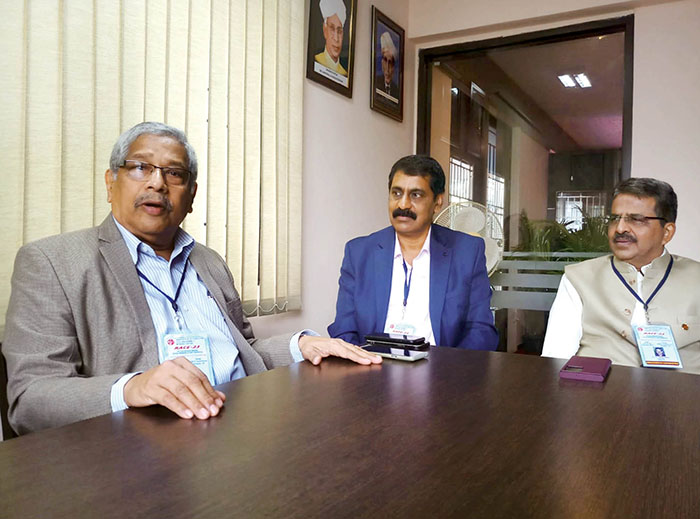
SOM: Have you handled the restoration of any such heritage structures?
Mohan Ramanathan: Twenty years back, I re-installed two Vimana Stones of the famed Jagannath Temple at Puri, Odisha that had fallen. I worked on the invitation of the Archaeological Survey of India (ASI) and the Government of Odisha.
SOM: When it comes to construction, it is a rather emotional issue. When the buildings attached to such emotional feelings are being razed, aren’t you pulled down by such emotions?
Mohan Ramanathan: Yes, there are instances (of witnessing emotional moments), but still I have the responsibility of executing the task I am entrusted with. While demolishing Maradu Towers in Kochi, Kerala, the professor who taught me at the Indian Institute of Technology (IIT), Madras was one among the residents. He had bought the flat with all his life’s savings.
The second such moment, I was witness to, was the wailings of the people whose houses were reduced to rubbles during the earthquake at Bhuj in Gujarat way back in 2001. I had been roped in to demolish partially affected buildings.
SOM: You are more known as ‘Demolition Man’…
Mohan Ramanathan (Laughs): Again, demolition is also a part of engineering, but it (Demolition Man) was the prefix that I got from you people (media).
SOM: Being the Founder-Chairman of the Indian Demolition Association (IDA), can you explain more about the activities ahead?
Mohan Ramanathan: After the maiden inaugural convention of IDA held in 2019 in Mumbai, the second annual convention titled DEMTECH-23 is planned at Palace Grounds, Bengaluru on Sept. 28 and 29 this year. The modalities are being worked out.
SOM: What are the challenges ahead for the demolition industry in particular?
Mohan Ramanathan: Recently we had a meeting with stakeholders, with the thrust on proposing to the Government through competent authority to introduce a law so that 25 percent of the building debris should be reused while building the new structure. If not Completion Report (CR) should not be issued. Such a law will definitely compel the building owners to toe the line. The debris is recycled in countries like Belgium, the Netherlands, Singapore and Hong Kong. By bringing such laws, we can meet the target of becoming a net-Zero Carbon Emission Country as propagated by Prime Minister Narendra Modi.



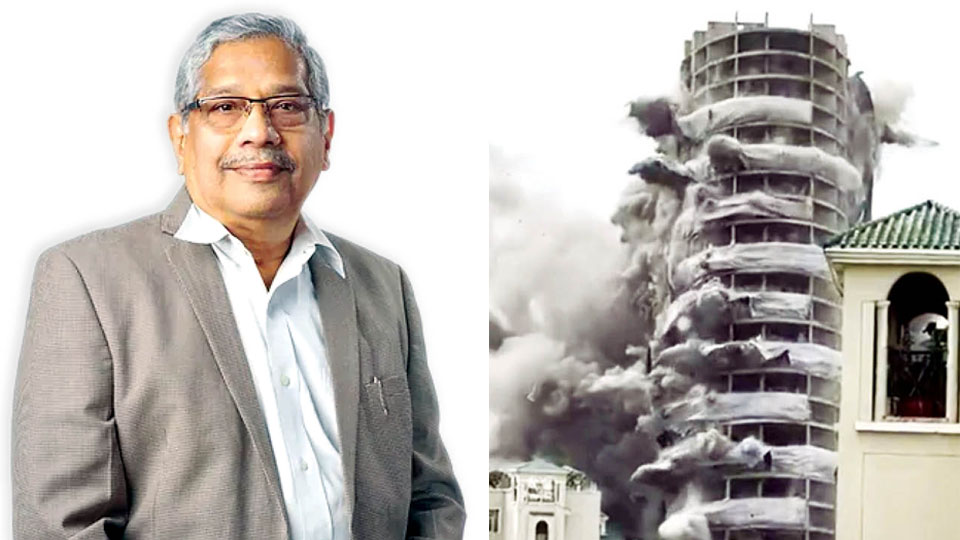

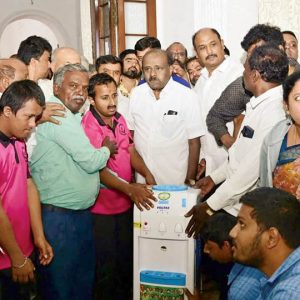
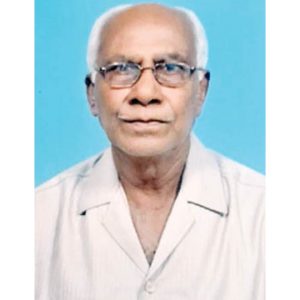
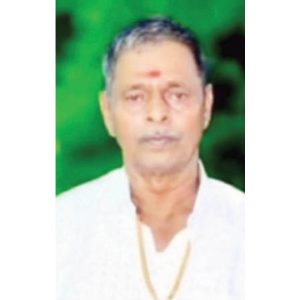
“Mohan Ramanathan, a Demolition and Recycling Consultant from Chennai in Tamil Nadu, was present at the spot of the twin-tower demolition as he had to report to Supreme Court, Central Building Research Institute (CBRI) and Noida Authority. He was in our City of Palaces on Saturday (Feb. 4, 2023), where he delivered a talk on the topic ‘Engineering Perfection: Noida Twin Towers Demolition.’
So he is a demolition expert and not a reconstruction and renovation expert!
Here , we have this idiot prattling about Heritage Structures in Mysore, unless of course, he is hired to demolish them. Perhaps he should be hired to demolish Lansdowne and Devaraja Market buildings, which were abandoned 5 decades ago, when Mysore experience a massive stampede of non-Mysoreans in late 1970s and early 1980s-like for example Mr Ganapathy, of the SOM and Bar my Shenoy the columnist, who settled in houses, constructed through forest clearance around Mysore, and started the destruction of this beautiful city with large scale housing developments for non-Mysoreans.
Mr Ganapathy and Barmy Shenoy who now howl about the neglect of Lansdowne and Devaraja Market buildings, were the very same crowd who made these 2 buildings not useful then: Deavaraja Market perished as the expanded Mysore with housing extensions miles away from Devaraja Market meant, it was not the central vegetable and fruit market any more as local street markets emerged . Similarly the Lansdowne shops which catered for a small number of customers until then were not interesting to these large number of non-Mysorean interlopers.
Looking at an academic from a third arete engineering college, who has no practical experience of reconstruction or renovation o says it all!
.